Installation report
Now we come to the exciting part – the actual installation of the hardware in the case. For me, as I said, the first time ITX and a bit hyped I must admit. First, let’s talk about the hardware that should be installed. The exact specifications I put together on the next page again in tabular form. The possibilities of the case should be used as much as possible: with a 32cm long graphics card in a thick 2.5 slot design and a 360 AIO it should be quite cozy in the 2000D.
At this point, a short insertion about unboxing and preparing the new hardware for ITX tests.
ASUS ROG Strix B760-I Gaming WiFi
The ITX board comes with good equipment and all sorts of accessories. With large heatsinks, modern I/O and good expandability, it leaves little to be desired. Despite the limitations, a USB-C header and two NVME slots are available.
PREDATOR Vesta II RAM
The Vesta II DDR5 memory comes with massive heatspreaders and fancy lighting. The 32GB kit clocks with 5200MHz and can score with low latencies (38-38-38-76).
CORSAIR SF850L
Nothing works without power! The SF850L power supply with a whopping 850W and Gold certification is an ideal partner for high-end gaming systems in a small SFF design. Thanks to ATX 3.0 standard and 12VHPWR connector, the power supply is prepared for all eventualities and thanks to the included adapter bracket, it can even be installed in (normal) sized cases.
Installation
After the presentation of the new parts the fun can finally begin. The first thing to get in was the power supply. I opted to have it draw in fresh/cool air from the outside instead of assisting in extracting heat from the inside.
As always, I pre-mount the CPU and RAM to avoid the fiddling when the board is already moved in.
Top: Even in the small 2000D, my beloved spacer with centering is present again. Often, it really is the small things that make installation a pleasure.
And the motherboard is already in place!
What looks a bit strange (wrong) here is the strange positioning of the rear I/O. The board sits on the “wrong” side and rotated by 90° in the case, so the I/O will later point downwards.
This requires the cables to be inserted through the small opening in the rear and plugged in behind the removable cover. In my opinion, this is the only real criticism of the case, because every time you reconnect peripherals, you have to flip the case over and break your fingers and cables in the cramped space.
It’s not too bad, but also a bit unfortunate, because it could have been avoided by widening the case by a few millimeters: Only SLIM fans can be used at the front. On the following pictures you can see that regular fans (120x25mm) collide with the I/O shield (or heatsink) of the motherboard.
Corsair’s new AF120 SLIM fans are used here, which are pre-installed in the RGB version of the case. The RGB version comes with lighting and controller. In the tested non-RGB version you have to get SLIM fans yourself.
With the flat colleagues, however, everything fits like a glove and excellent cooling of the voltage converters and RAM is guaranteed.
The relatively large 3070 Ti has also found a cozy spot. With enough distance to all sides and an open rear to suck in fresh/cool air from outside.
What’s also quite interesting: At the places where the fans of the graphics card push the air out of the cooling fins, there is only little distance to the case side on both sides, which is also completely made of mesh. The warm air is thus practically pushed directly out of the side panels.
For the final spurt, I now install the fat 360mm AIO. I screwed the radiator comfortably outside the case to the bracket.
Then the heatsink on the CPU:
And after turning the block twice by 90° then finally had ensured the best possible stowage of the hoses. Fits!
And actually looks quite impressive without the side panels:
Only the cable management, for which there is not quite as much space in the small 2000D.
And then the first boot could already be dared… it lives!
A look inside ventured:
Interim summary
The installation is indisputably the moment when you have to deal with the case, the solutions and approaches of the design and also the material quality. I had a lot of fun during the assembly of the components and no despair arose in any situation. The material quality is great, the idea behind the case has convinced me and if you also notice that Corsair has definitely thought of something.















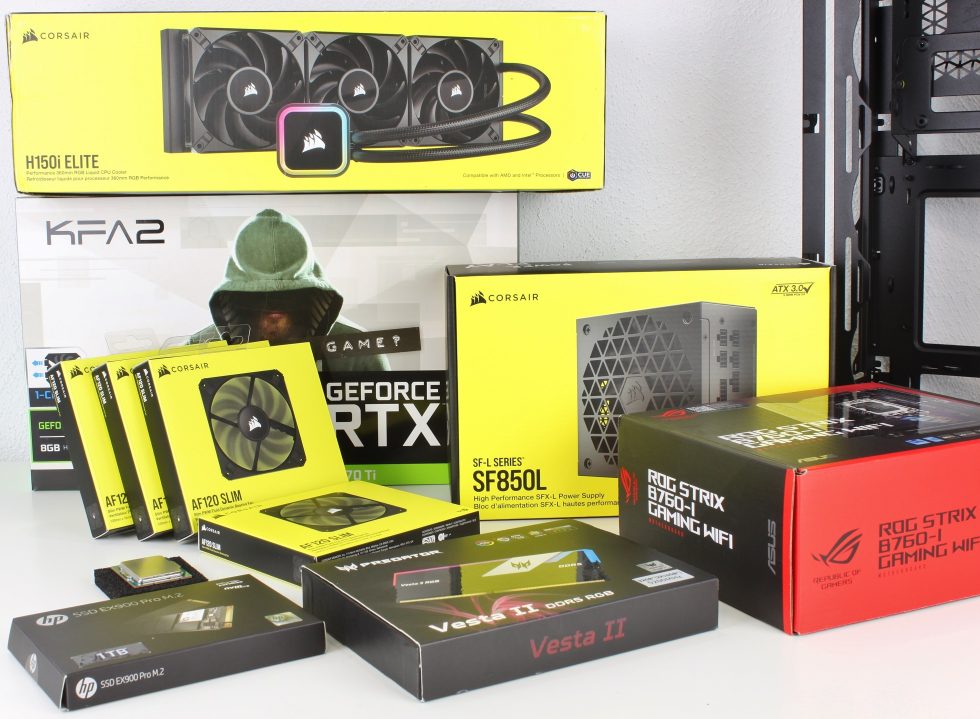


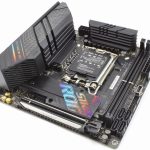
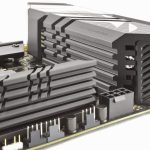
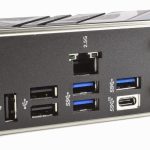



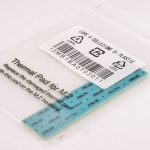
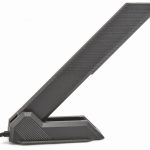
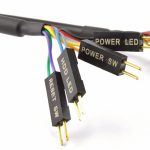










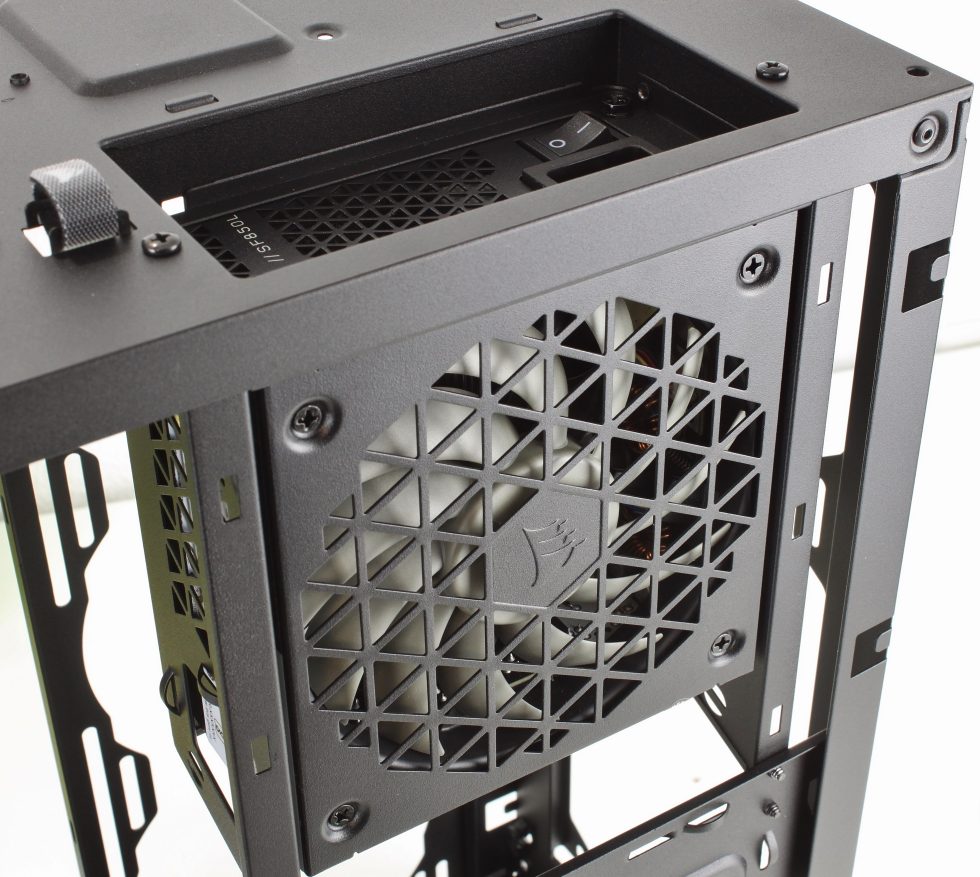
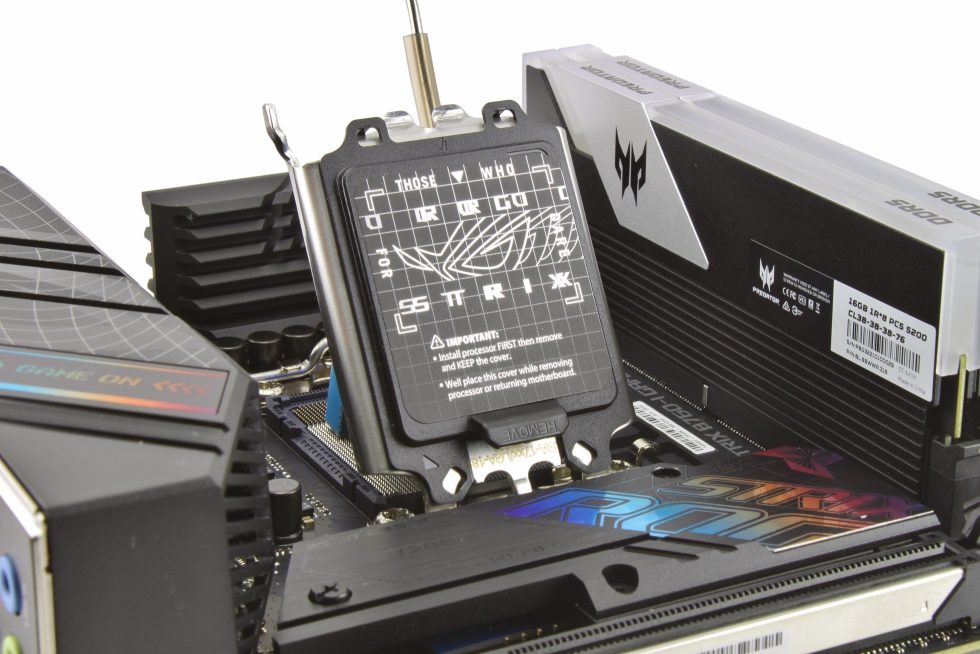
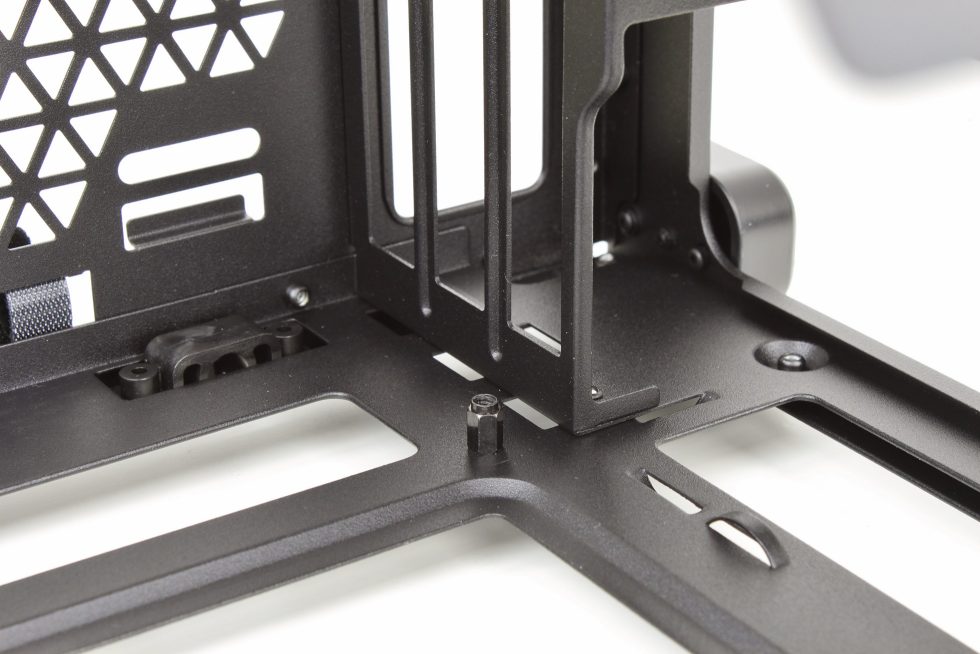
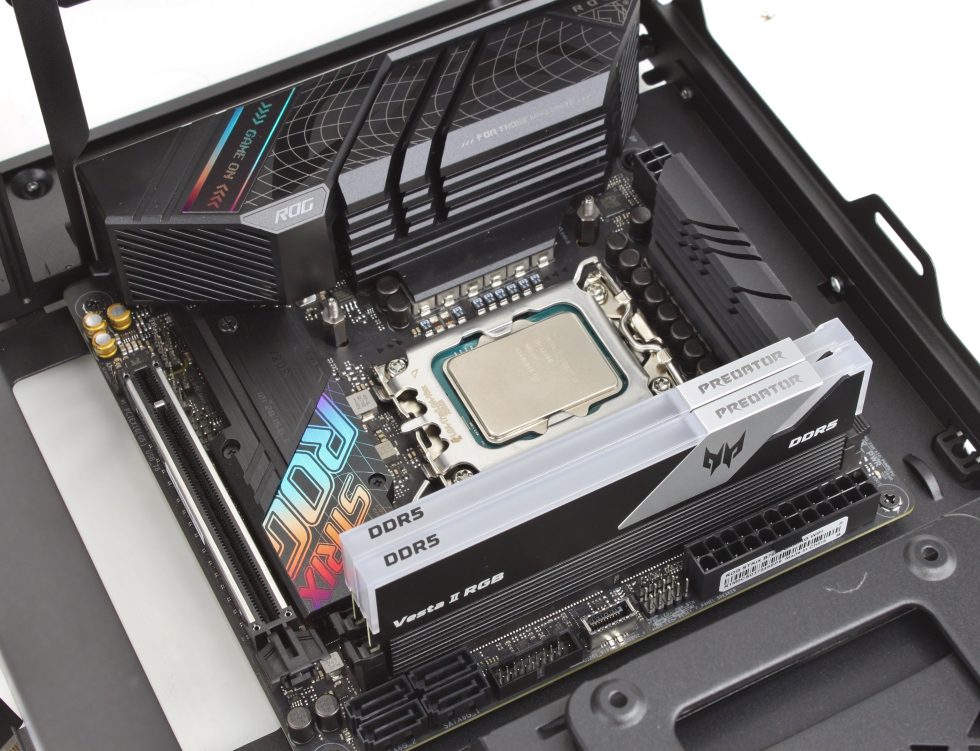
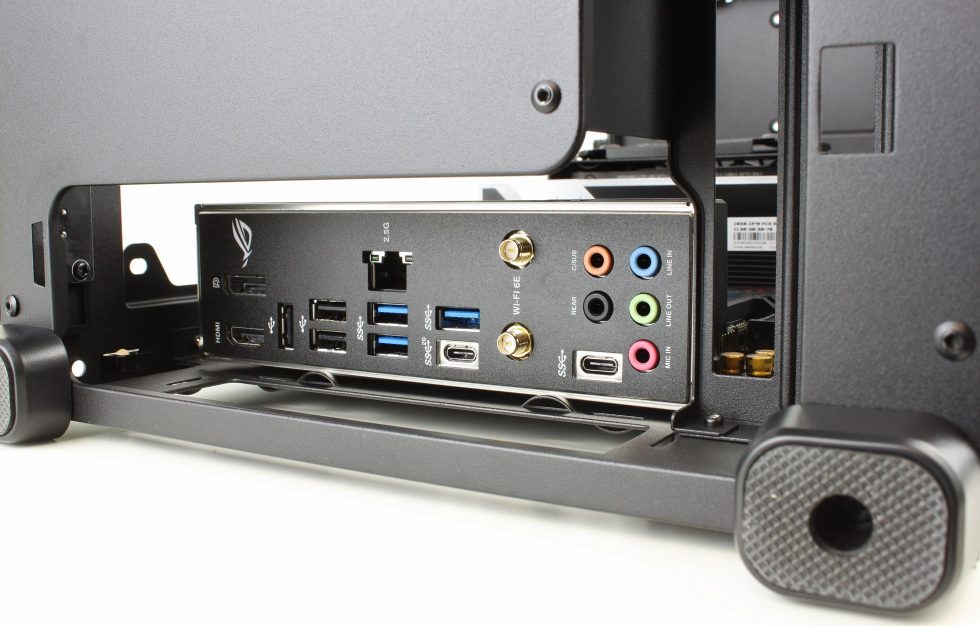
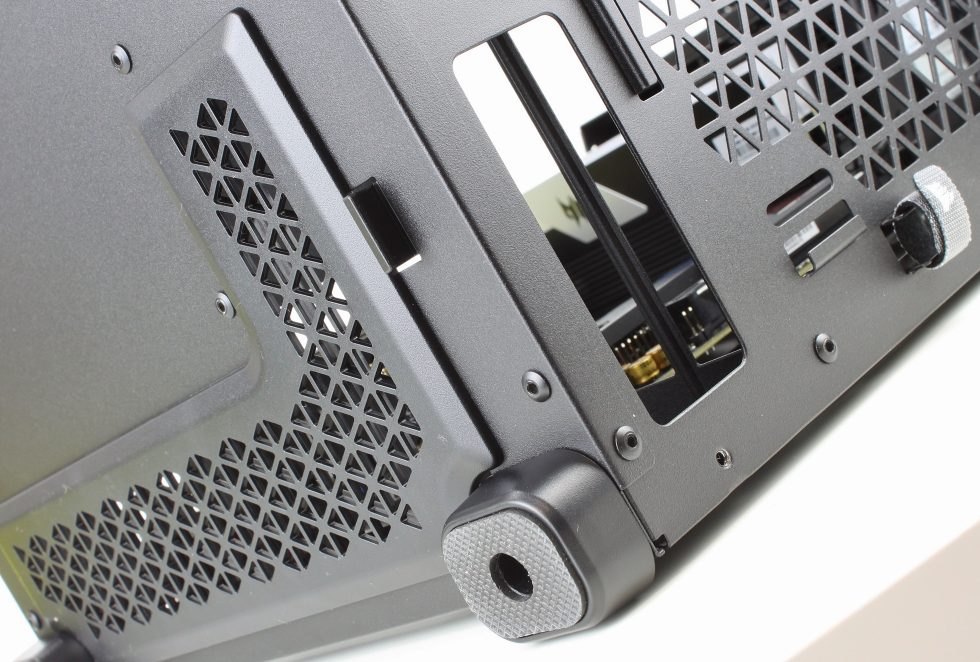

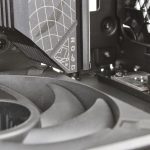
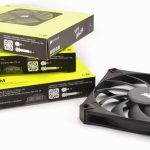
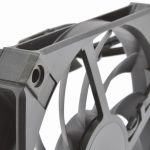
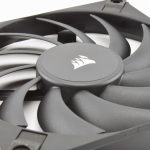
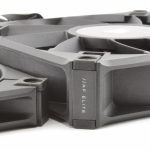
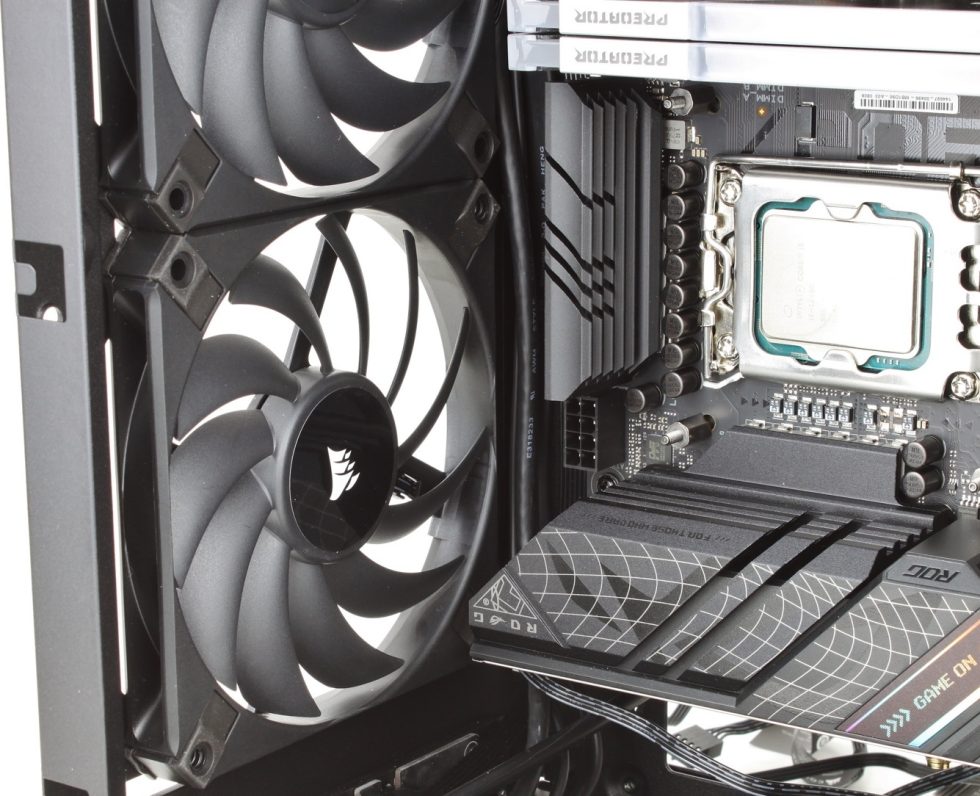
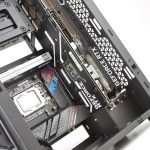
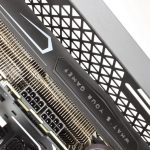

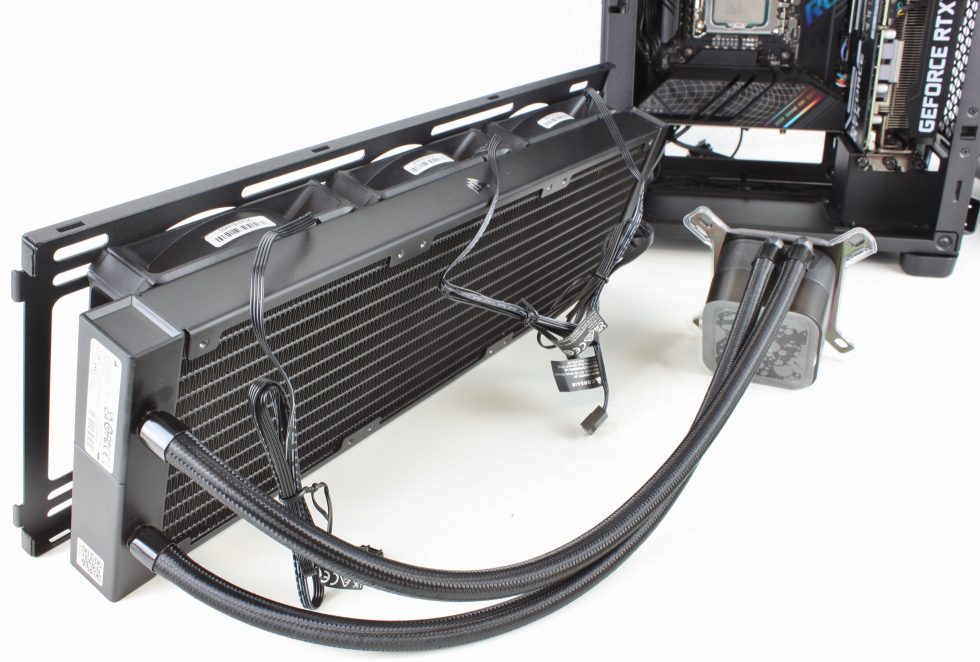
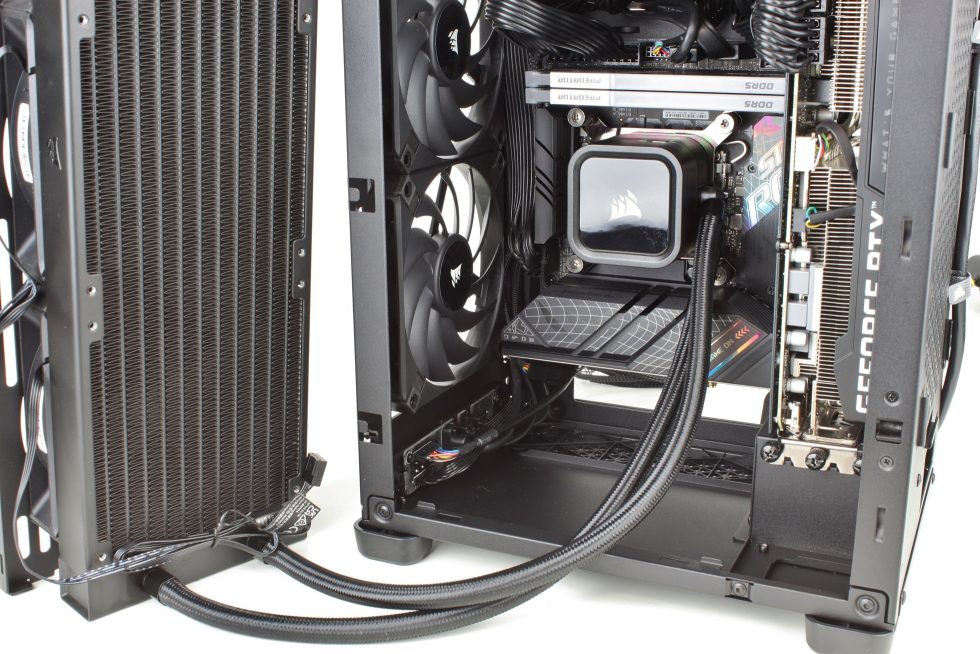


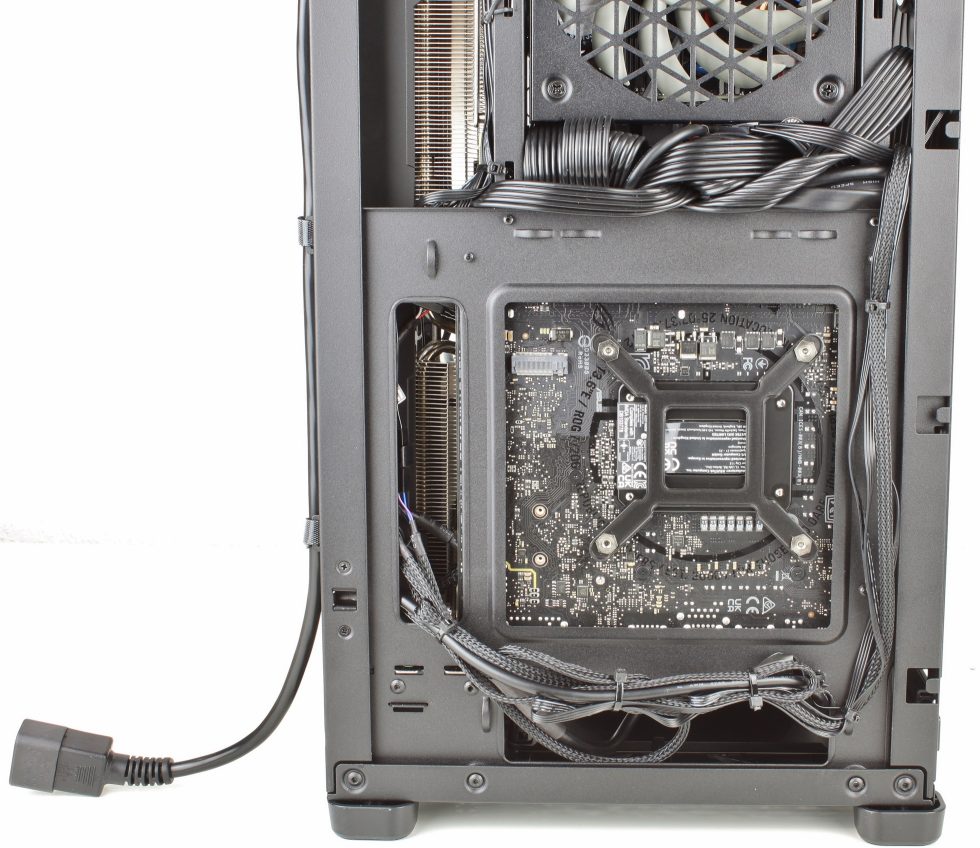

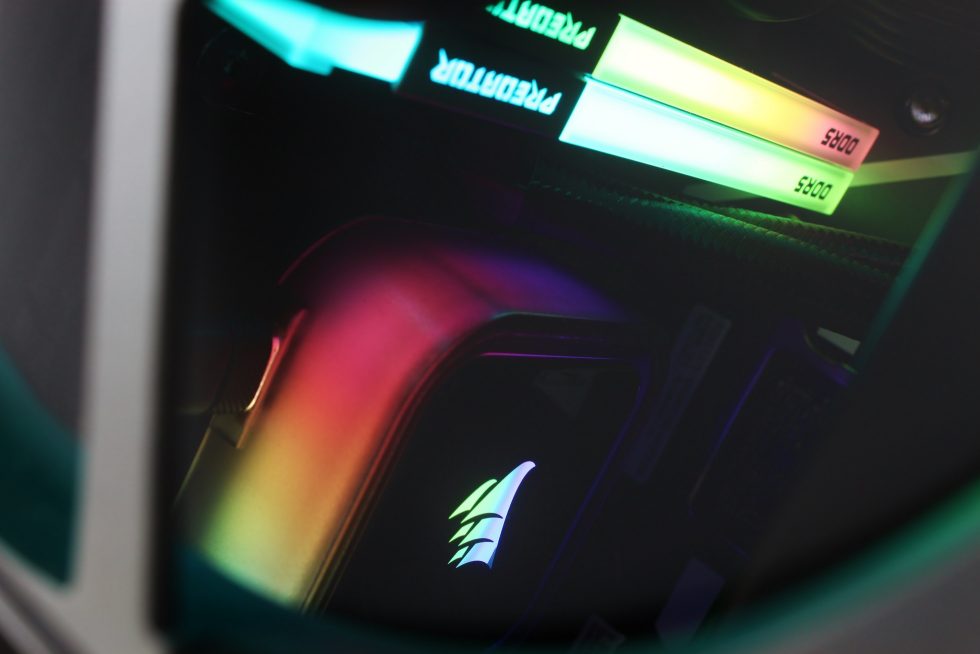




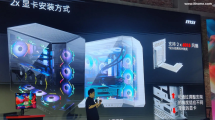













12 Antworten
Kommentar
Lade neue Kommentare
Urgestein
Urgestein
Moderator
Veteran
Mitglied
Urgestein
Urgestein
Veteran
Moderator
Veteran
Urgestein
Veteran
Alle Kommentare lesen unter igor´sLAB Community →